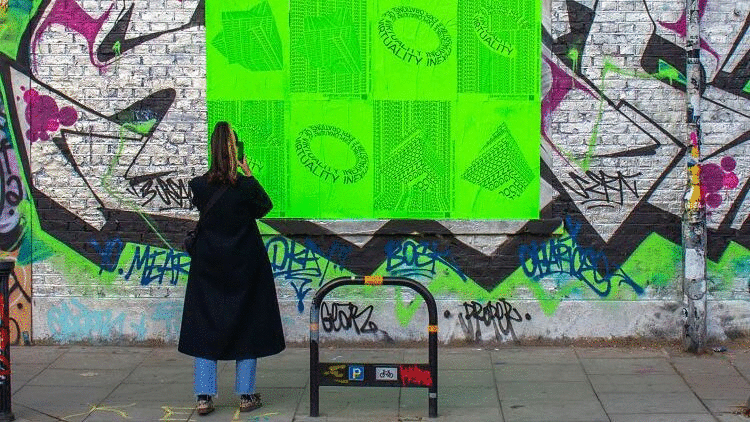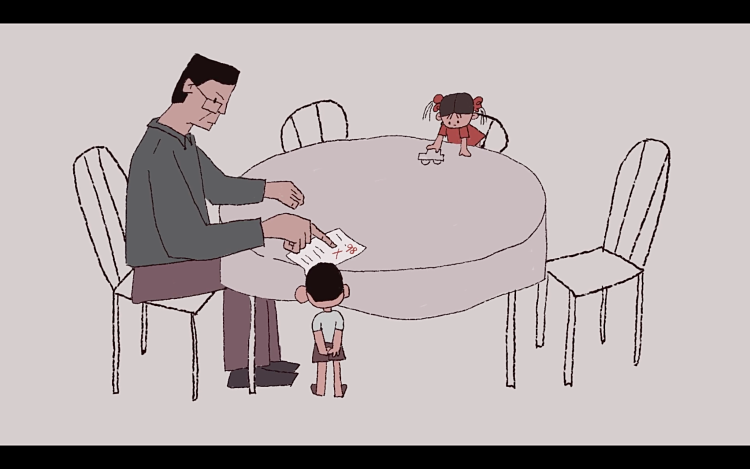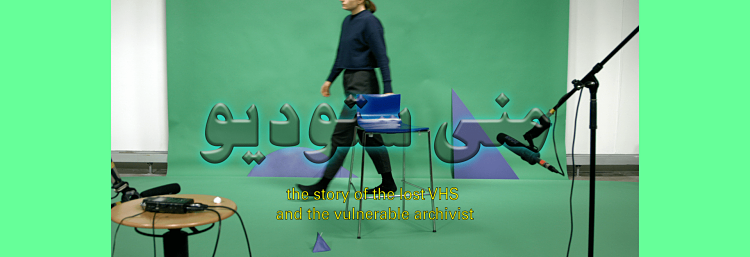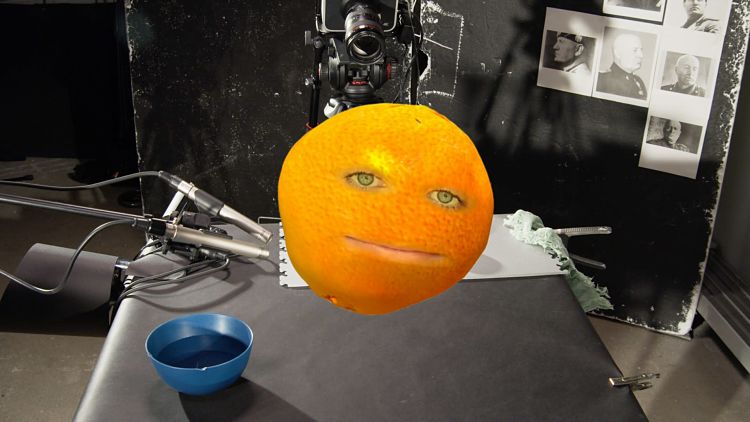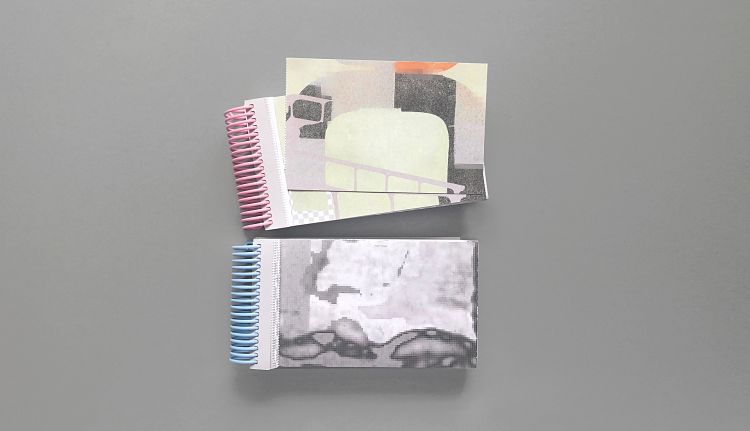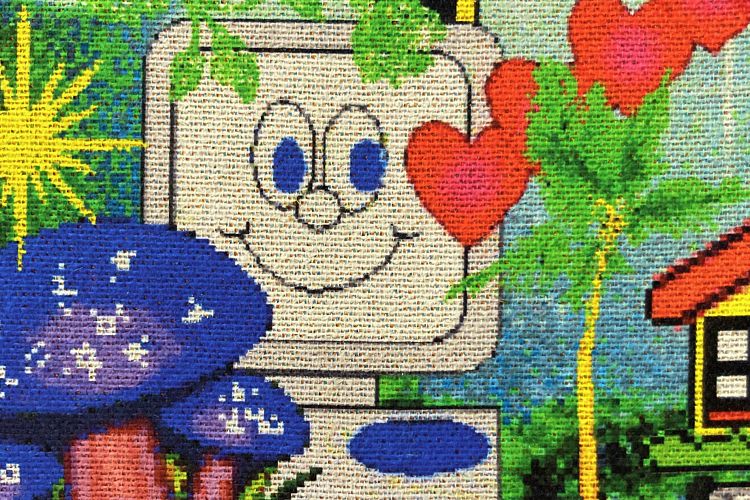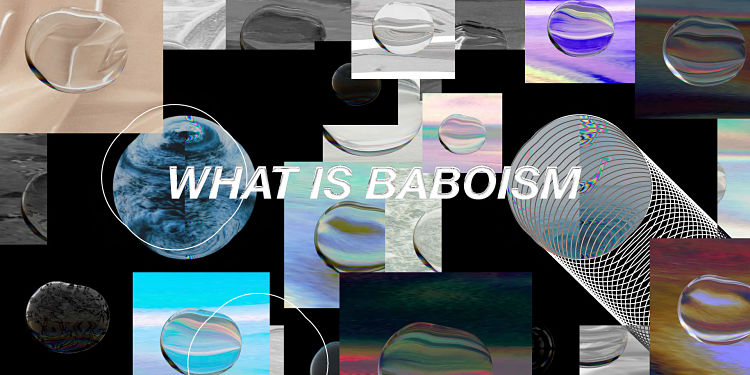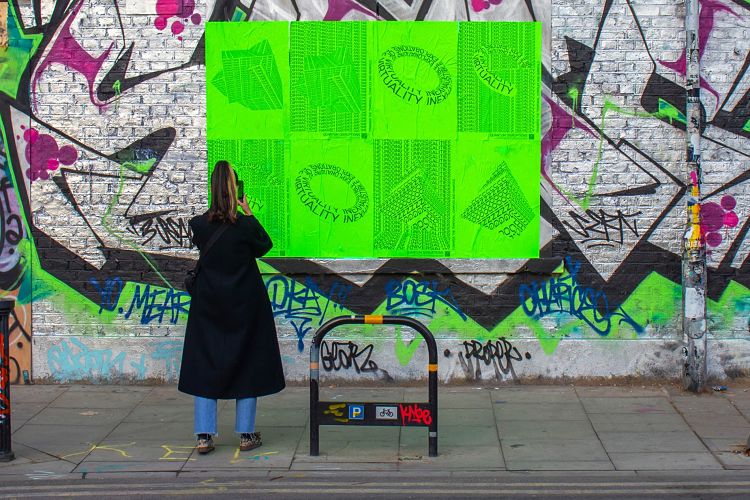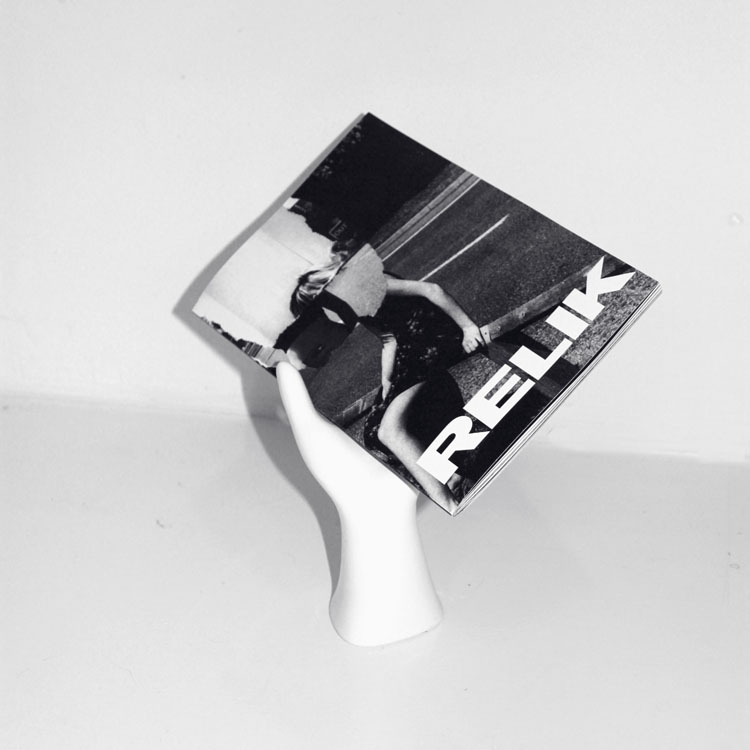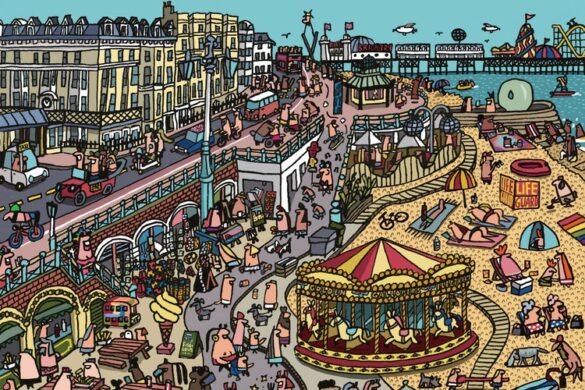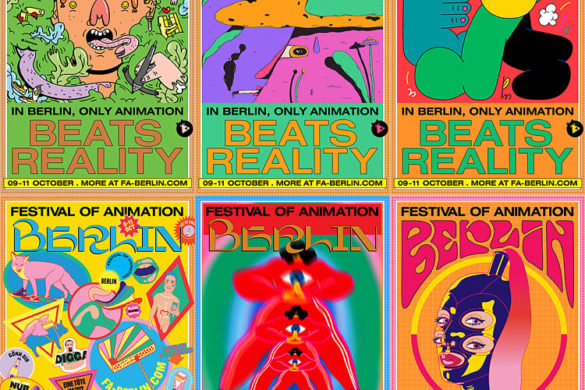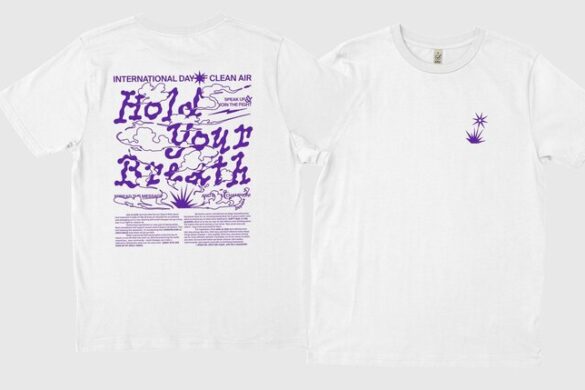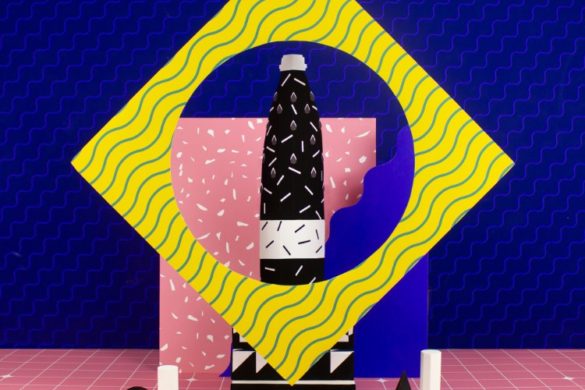While traditional in-person degree shows were still off-limits this year, the beauty of having them all online was that it opened everything up to all of us to have a little virtual wander round some outstanding work from some of the country’s most interesting design students. The RCA visual communication course has, as ever, showcased some superb work; here’s just a snippet of the wide-reaching, boundary-pushing and frequently complex work that was on show for its 2021 final year post-grad show.
Experimental animation
Animation student Tingfang Zhang focuses on social subjects and personal perspectives in her various explorations of new approaches to storytelling. Her interests in the intersection between moving image and interactive media mean she works across a range of technologies and platforms from traditional animation to gaming and virtual reality.
Guo Guo (Brother) is an animated short film about children’s mental health, centering on a boy who became “anxious and depressed” living with his “dominant father, silent mother and naive sister,” as Zhang puts it. “To meet his father’s expectations, he duplicated more and more [of] himself [to become] a ‘perfect’ kid. Gradually, he became transparent in the family. An invisible ghost.”
Experimental communication
“It seems like my generation has entered a process of ‘awakening’ in terms of the politics of identity,” says experimental communication student Louise Gholam, who creates work that’s often informed by the fact she’s a second generation Middle-Eastern immigrant.
Having had more time during the pandemic to reflect on our roots, she says she feels part of a “neo-diaspora” that’s concerned with restating how stories are told. “Being of mixed heritage (raised between French-countryside-quietude and the always-boisterous Beirut) and a globe-trotter BC (Before Covid), has allowed me to train a ‘fugitive’ identity, navigating intricate cultural landscapes and politics,” she says.
Her research focuses on developing “conversational” video works drawing on ideas of collective memory, ’filmic politics’ and cooperative broadcasting.
Graphic design
Italian-born graphic designer Rocco Punghellini creates work that uses the lens of irony to interrogate social and political mechanisms. Often using the world of movies as reference points in his work, he describes himself as “a designer-listener, who becomes a designer-performer.”
He adds: “A designer-listener is a mimetic creature. A designer-performer is a vulnerable, organic medium, who challenges the boundaries of individualism aiming for the common good. And if the designer’s perspective becomes pivotal, to what extent can its work be accessible to and reusable by a larger audience? And what role should the audience play?”
Illustration
Having first studied fashion design at Central Saint Martins, Siqi Sun went on to study illustration at Camberwell College of Arts and moved to visual communication at the RCA in order to “build up a more conceptual approach to explore illustrative practice” across experimental publications, printed matter and occasional writing.
Sun’s works frequently explore the idea of place, their practice is described as drawing on a fascination with “concepts such as non-place, flatness, and dimensionality,” using frequent “attempts at subtle subversions, taking apart conventions and less discussed aspects of place or space across academic and everyday setting” across multiple materials and methodologies.
Illustration
Maria Vorobjova describes herself as a “Slavic cyber sorceress, designer and illustrator” who, outside of ‘building little virtual worlds” works on freelance projects in flyer design and record artwork for clients including Boiler Room, Keep Hush, En Masse Festival, BRICKS magazine and record label Hypercolour.
Her work is informed by and explores ideas around utopia, play and care; as well as collective joy, solidarity and community.
Experimental communication
Artist and designer Jinwen Xian’s work explores contemporary visual culture and what she terms the “networked-computational aesthetic.” Using mixed media including projection mapping, interactive installation, writing and the moving image, her work’s subjects include image representation, metaphor and fan culture spectacle.
Her BABO project shows “many items which seem to be independent but can be connected to form an irregular grid,” and explores “the ‘truth’ of reality,” having been inspired by reality TV. “This project started with the fantasy of chasing stars and ended with the sigh of the complexity of the world. This is a broken, incoherent project, and I will not continue to improve it, because I am a half-assed person,” she says.
Graphic design
German-born designer Lothar Daniel Wiessmann describes his practice as “situated at the interface between design and other fields of research,” using process-driven design methods to understand and interrogate other disciplines such as physics, biology, philosophy and anthropology.
He uses design as a tool for critical reflection and theoretical engagement, working across traditional graphic design, print, moving image and explorations within augmented reality. His current work is an investigation into quantum physics and its philosophical, social and ethical implications which includes a video, printed AR posters that work alongside bespoke Instagram filters and a website.
- Autobahn - November 26, 2021
- Alphabetical - November 12, 2021
- SOFA Universe - November 8, 2021

